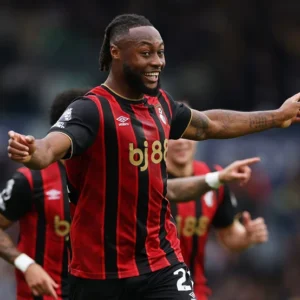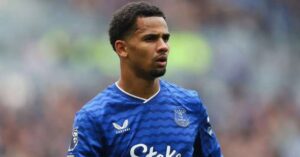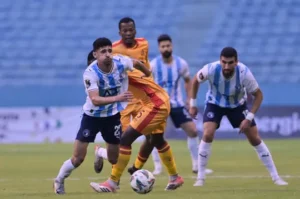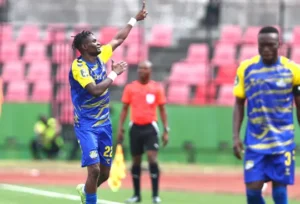Are Manchester United Really Running Out of Cash Amid £200m Spending Spree?
Manchester United co-owner Sir Jim Ratcliffe is known for his thrifty approach, once noting, “At INEOS, we run a lean organisation. As my mother said, you look after the pennies, the pounds look after themselves.” So, how are the Red Devils managing to shell out for a £200m summer spending spree despite Ratcliffe’s claims they’re strapped for cash?
Big Bucks on New Blood
This summer, United have been splashing the cash with some big-name signings. They welcomed Matheus Cunha for a cool £62.5 million ($83m) in June, and Bryan Mbeumo joined the ranks in July for an initial £65m ($86.5m). The club isn’t done yet; they’re eyeing Benjamin Sesko, a deal that could set them back at least £69m ($92m). These acquisitions, if successful, could take the club’s total net spend to an eye-watering £205m.
Despite last season’s 15th place finish in the Premier League, United’s captain Bruno Fernandes is pushing for even more signings, arguing for more competition for places. With money flying left and right, how is Ratcliffe justifying these costs?
Ranking High in Spending
Although they’ve only signed two players, United’s transfer expenditure this summer ranks them fifth in the Premier League, trailing only last season’s top-four finishers: Liverpool, Chelsea, Arsenal, and Manchester City. When it comes to net spend, they’re third, only outspent by Arsenal and Liverpool. Yet, unlike Liverpool and Chelsea, who’ve sold numerous players, United have sold none, despite reports of their willingness to part with several key players.
Paying Their Way
Despite these big spends, United have found ways to finance their spending spree. Barcelona’s commitment to cover the wages of loaned player Marcus Rashford, along with sell-on clauses from past player sales, have added to United’s coffers. Furthermore, the club has been spreading the costs of their latest transfers over several years, a practice known as amortisation that’s common amongst Premier League clubs.
Rolling with the Punches
Despite salary savings and clever contract negotiations, United’s spending is unquestionably ambitious. To fund these transfers, they may have to tap into their rolling credit facility, which could add to their already significant debt pile. However, the club insists it can afford to compete in the transfer market, citing reductions in ‘wider club costs’ and leaner operations under Ratcliffe’s stewardship.
Running on Fumes?
Ratcliffe has warned that without his cost-cutting measures, United would have run out of cash by December 2025. He’s spoken bluntly, saying “It (United) goes bust at Christmas.” However, these statements don’t seem to align with financial reports, which show the club’s cash flow has dropped lately, but not drastically.
Still a Money-Making Machine
Despite financial concerns and inconsistent performances, Manchester United remains one of the biggest clubs in the world. According to a 2025 UEFA report, United have the highest operating profit in Europe. They’re still a massive draw for sponsors and have the second-biggest kit deal in the Premier League. This financial strength is why they can afford to compete for top players and keep fans’ hopes alive.
While Ratcliffe’s cost-cutting measures have drawn some criticism, they haven’t significantly changed the club’s attitude to transfer activity. Instead, they seem to be part of a bigger gamble, betting big on new signings in the hope of future success. Only time will tell if this roll of the dice pays off.




